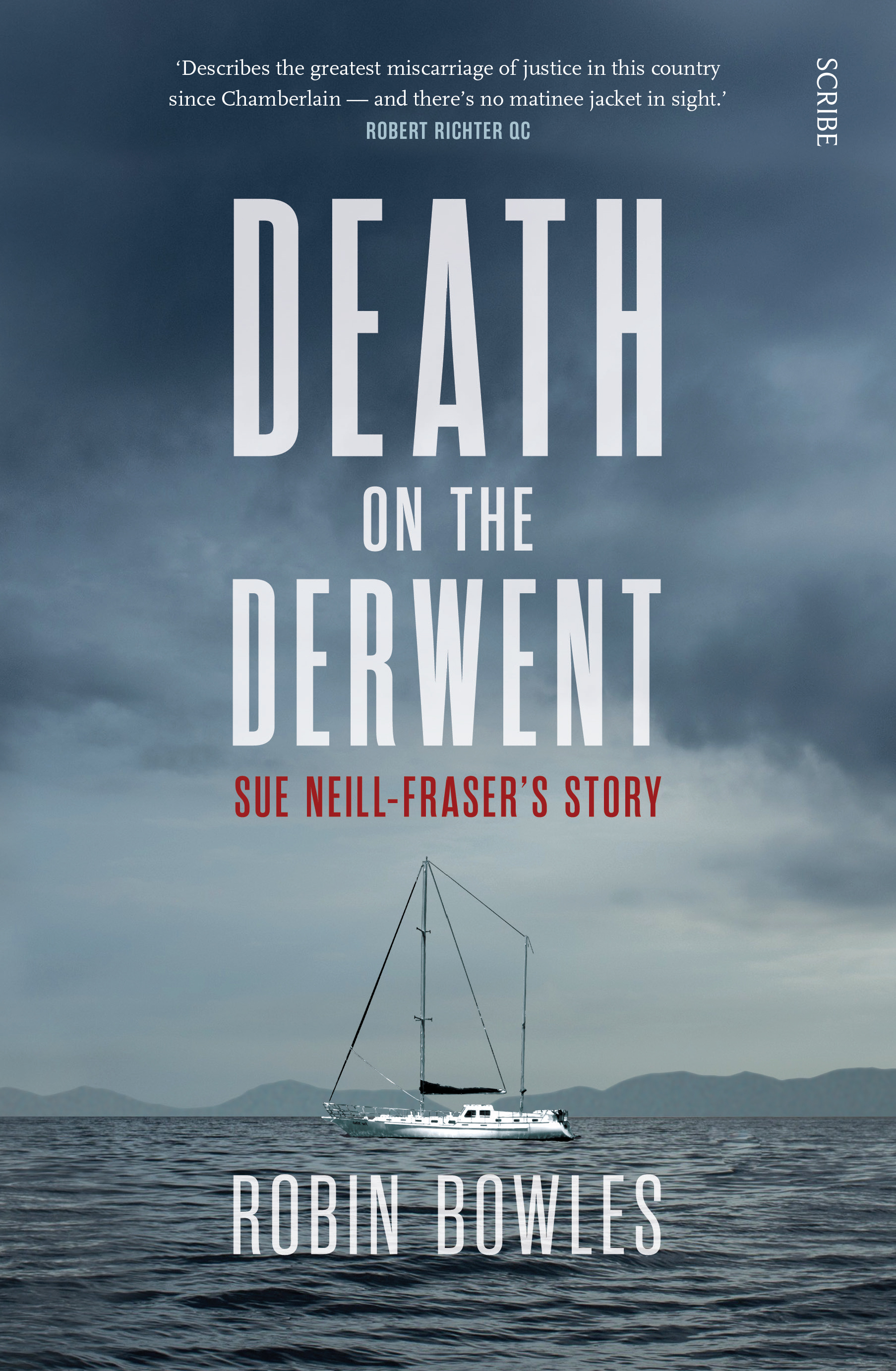
Death on the Derwent
Robin Bowles
Between 11.30pm and midnight on 26 January 2009, the summer night was balmy, but dark. A moderate south-east wind was blowing, and the cloud cover was low. To anyone looking seawards from Hobart’s Royal Yacht Club, the view was black. Unlit by starlight, or the moon, which did not rise until 4.25am, yachts at their moorings, or any other activity on the water beyond the marina, would have been almost impossible to see clearly, if at all.
However, a key witness in Hobart’s most puzzling murder inquiry told police that on that night he ‘heard an outboard motor and saw an inflatable dinghy with a single person on board [heading out to a mooring]. I thought the person had the outline of a female. I had the feeling this person was a female. I cannot be definite’.
Was this person motoring out into the darkness intent on murder? Was the person heading towards the 35-metre ketch Four Winds, or was the witness mistaken? Why was the witness sitting in his car on a deserted seafront at midnight on Australia Day? Did anyone else see that dinghy? Was anyone else there?
These are some of the many questions raised by one of Tasmania’s most baffling and unsatisfactory murder inquiries — the disappearance of Bob Chappell on the night of Australia Day 2009 and the conviction for murder of Sue Neill-Fraser, his partner of 18 years, on 15 October 2010.
The facts and rumours surrounding the event have polarised the close-knit Hobart community. Some call the story ‘the Bob Chappell murder’. To others, it is ‘that dodgy disappearance’. Others still call the story a ‘travesty of justice’. Whatever position one adopts, there are some incontrovertible facts. There is no body. No cause of death. No murder weapon. No witnesses. No motive. No confession. NO EVIDENCE.